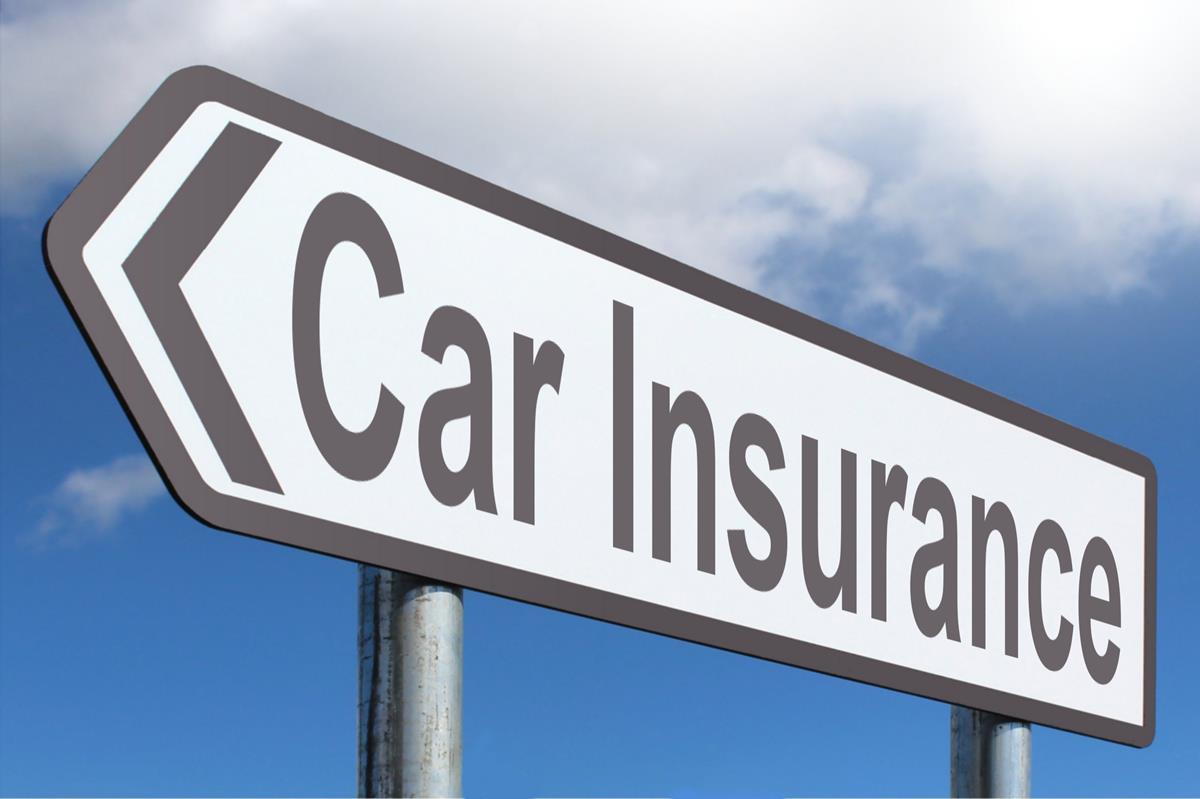When it comes to driving in the Netherlands, having car insurance is not just a recommended precaution—it’s a legal requirement. Understanding the intricacies of car insurance in the Netherlands can often feel like navigating a complex maze, with various policy options, coverage levels, and regulations to consider. Whether you’re a local resident or an expat settling in this picturesque country, familiarizing yourself with the nuances of car insurance in the Netherlands is essential to ensuring that you have the right coverage in place for your vehicle. Car insurance Netherlands Let’s delve into the key aspects of car insurance in the Netherlands to help you navigate this intricate landscape with confidence.
Types of Car Insurance
There are three main types of car insurance available in the Netherlands: WA, WA-Beperkt Casco, and Allrisk. These options provide varying levels of coverage to suit different needs and budgets.
WA, or Wettelijke Aansprakelijkheid, is the most basic form of car insurance required by law in the Netherlands. It covers damage you may cause to others but does not cover any damage to your own vehicle. This option is ideal for older cars with lower value.
For those looking for a bit more coverage, WA-Beperkt Casco insurance may be a suitable choice. This mid-tier option includes coverage for additional risks such as theft, vandalism, and damage caused by natural disasters.

If you want comprehensive coverage that protects your vehicle in nearly any situation, Allrisk insurance is the way to go. This top-tier option covers damage to your own vehicle, even if you are at fault in an accident. It offers the most extensive protection but comes with a higher premium.
Minimum Coverage Requirements
When it comes to car insurance in the Netherlands, understanding the minimum coverage requirements is essential. Dutch law mandates that all vehicles must have at least third-party liability insurance to cover damages caused to others. This type of coverage ensures that if you are involved in an accident where you are at fault, the costs for the other party’s injuries or property damage will be taken care of.
In addition to third-party liability insurance, it is advisable to consider additional coverage options to provide more comprehensive protection for your vehicle. While the minimum coverage meets legal requirements, it may not cover all potential risks, such as theft or damage to your own car. By opting for additional coverage, such as collision or comprehensive insurance, you can safeguard yourself against a wider range of unforeseen circumstances and minimize your financial risks in the event of an accident.
Before purchasing car insurance in the Netherlands, it is crucial to carefully review the policy details and compare different options offered by insurance providers. Understanding the minimum coverage requirements is the first step, but evaluating your individual needs and considering additional coverage options will help you make an informed decision that suits your budget and provides adequate protection for your vehicle.
Optional Coverage Options
When considering car insurance in the Netherlands, there are several optional coverage options you may want to explore to customize your policy. One common add-on is Personal Injury Protection (PIP), which provides coverage for medical expenses and lost wages for you and your passengers in the event of an accident.
Another optional coverage to consider is Legal Assistance Coverage, which can be beneficial in case you need legal representation after an accident. This coverage can help offset the costs of legal fees, court expenses, and other related costs that may arise from a car accident.
Additionally, Extended Roadside Assistance is an optional coverage that can provide peace of mind. This coverage typically includes services such as towing, battery jumps, fuel delivery, and tire changes in case your vehicle breaks down while on the road.
